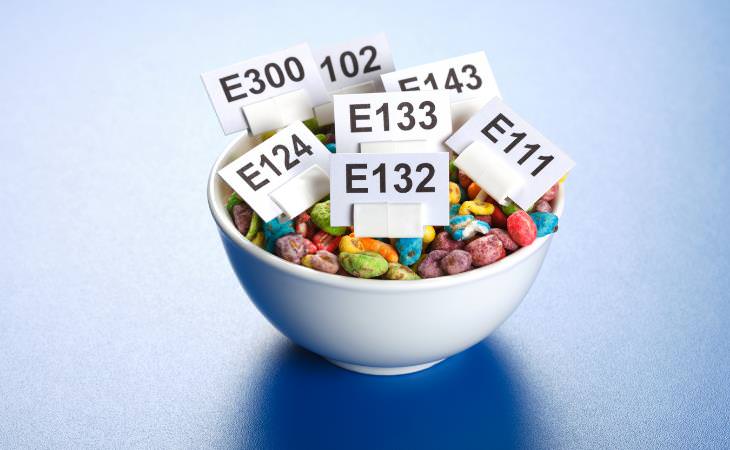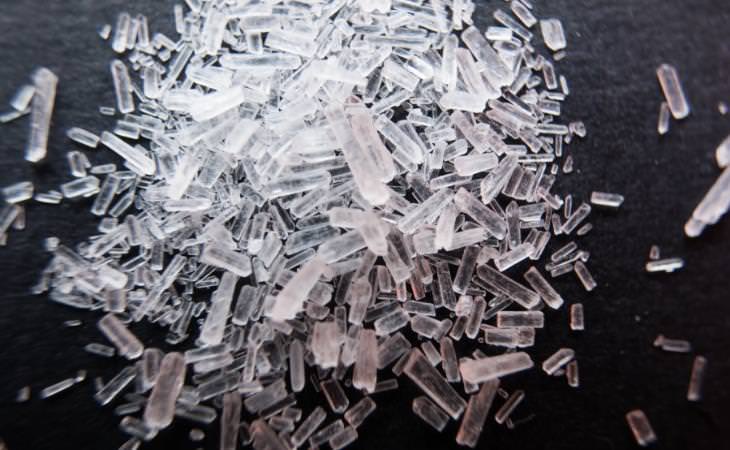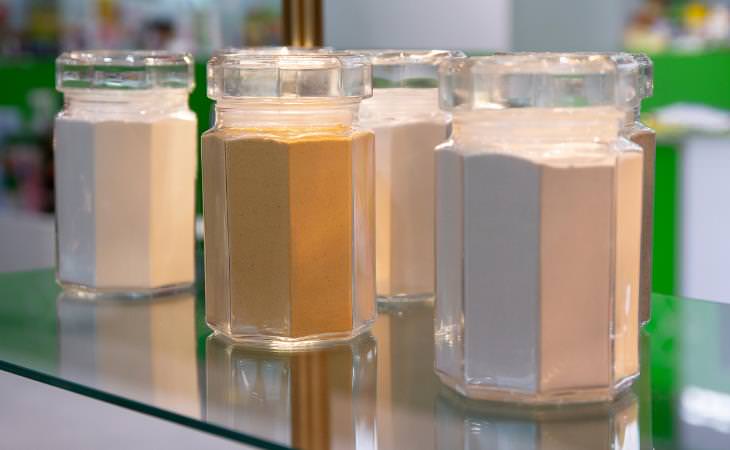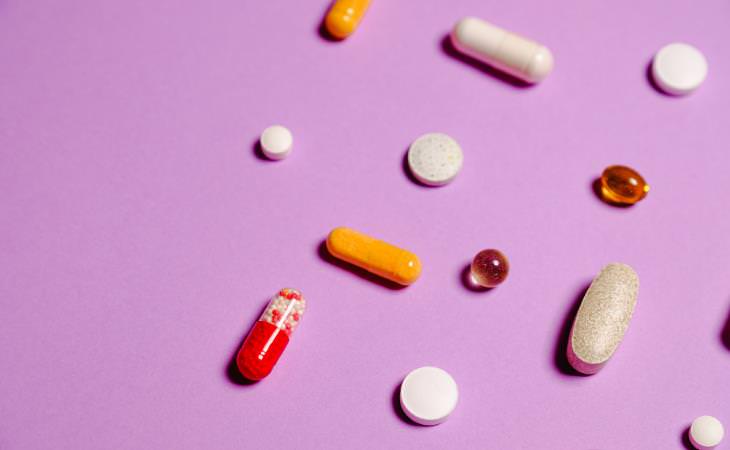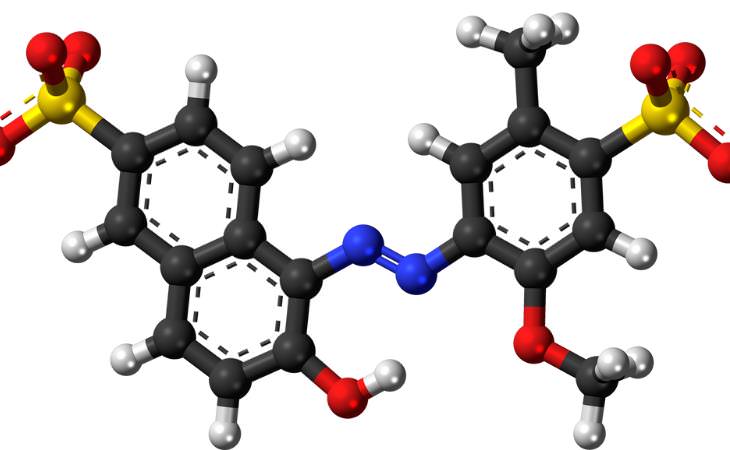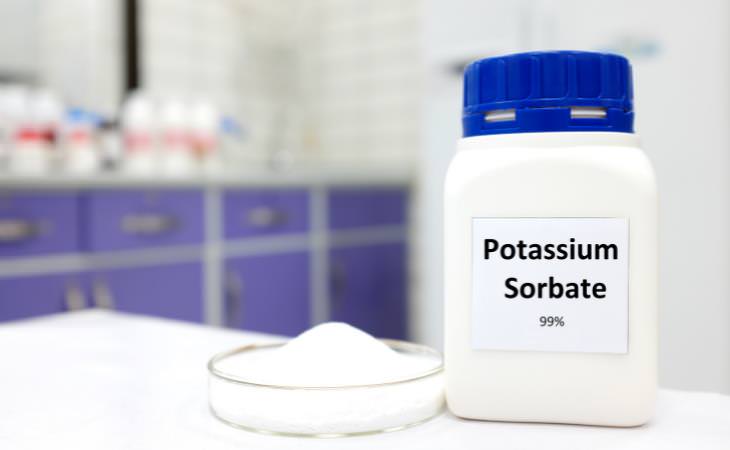A word on E-numbers
We'll be listing the E number for each additive that has one. These are codes found on food labels throughout the European Union. These codes make it even harder to decipher an ingredients list, contributing to the avoidance of certain foods due to fear and lack of knowledge. E numbers will also be found sometimes in Canada, Australia, New Zealand, and Israel.
The 200s mark the preservatives category.
The 300s, antioxidants & acidity regulators.
The 400s, thickeners, stabilizers & emulsifiers.
You can read all the specifications, and read the full E numbers list, by clicking here.
1. Monosodium Glutamate (MSG)\E-621
Here's an extreme close-up of the additive. Not so scary face to face, is it? We won't get into deep details about MSG, as we've already written about it in length here. But don't take our word for it. Read here to see why it was demonized in the first place. Here's a clue: think placebo effect.
Some people may have a sensitivity to it, as with every chemical. The trick is to enjoy a well-balanced diet.
2. Guar gum, Locust Bean Gum, and Xanthan Gum
Guar gum\E- 412 is a carbohydrate. Sounds safe enough right? Not only is it safe, but it may even be beneficial. It's derived from the Guar plant and is mainly used to thicken foods. You'll mostly find it in ice creams, dressings, sauces, and soups. It is high in fiber, thus contributing to a feeling of fullness and even aiding with bloating.
But it comes as no surprise that high amounts (again, dosage dosage dosage) can have dangerous results, as Guar gum can expand to over 10 times its size. This should pose no concern though, as there are strict quantity guidelines set by the FDA.
As with the Guar gum, Locust Bean Gum\E- 410 is also derived from a plant, and it's one you may even know: the carob tree! Its purpose, like the Guar gum, is to thicken and stabilize foods and it is mainly used in dairy products. As you may or may not know, carob powder is used as a substitute for chocolate spread, for its chocolatey taste. Locust Bean Gum has the same effect of adding a chocolaty flavor to foods. According to dietitian Brenna Thompson, "Consuming locust bean gum may help manage your cholesterol levels, protect your heart and help stabilize your blood sugar levels".
And finally, Xanthan gum\E-415. This is an exceptional thickener, made to create rich textures in low-fat or gluten-free food products. Several studies (1,2) found that it has positive effects on blood sugar levels. But - you guessed it - consumed in larger amounts, it will cause an overactive digestive system.
Starting to see a pattern here? When you take all this information into account, it's no surprise that some additives are demonized. As every person has different tolerances and different body masses, the safe dosage will vary greatly from person to person.
3. Vitamins in disguise
The scary-sounding Pyridoxine Hydrochloride, is just vitamin B6. You can read about this form of the vitamin in depth by clicking here. Calcium Pantothenate is the calcium salt of vitamin B5. The two will be added to spike up nutritional values of cereals, bread, and similar products. You can read a deep chemical analysis of Calcium Pantothenate here.
Tocopherols\E-306 to e-309, are in other words, vitamin E and its derivatives. It's a powerful and essential antioxidant, which means it has preservative qualities.
1,25 Dihydroxycholicalciferol is by far the most horrid name on our list, but it is a highly trending vitamin right now. Have you guessed it yet? Here's a clue: look at the first letter of the name. 1,25 Dihydroxycholicalciferol is actually vitamin D. It is added in a wide variety of dairy and dairy alternatives products to aid the absorption of calcium.
4. Acids in food
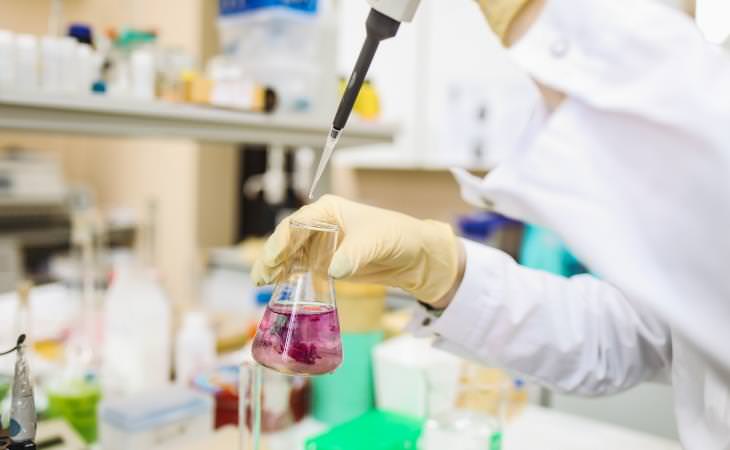
Docosahexaenoic Acid, abbreviated DHA, is a form of omega-3 fatty acid. Meaning it is anti-inflammatory and crucial to brain health. It can even be prescribed as a dietary supplement for lowering triglyceride levels.
Lactic Acid\E-270. Did you know that lactic acid is produced naturally in your muscles? It is the by-product of your cells trying to keep the muscles working with short supplies of oxygen (due to extreme muscle strain). Lactic acid is one reason why your muscles will be sore after a particularly challenging workout. To be truthful, it doesn't have many benefits, but it is harmless. It is mainly used to control acidity in foods, as a preservative, or as a fermentation agent.
Ascorbic Acid\E-300 is just another name for the king of all vitamins, vitamin C. If you've ever taken a chewy vitamin C supplement, or eaten fruits with high amounts of it, you know that this vitamin is highly acidic. Vitamin C is a potent, powerful antioxidant, which makes it a great preservative.
Vitamin c has many derivatives and forms, some stable and some not so much. Vitamin C is a highly unstable molecule, and it is water-soluble. In attempts to stabilize it, manufacturers will sometimes manipulate it and chemically attach it to fat, so that it will become fat-soluble. This is what creates Ascorbyl Palmitate\E-304, a chemical compound composed of vitamin C and some palmitic acid, a saturated long-chain fatty acid derived from the palm tree. As it is saturated fat, it isn't the most healthy form of vitamin C, to say the least, but it is usually used in minuscule quantities, and only as a natural preservative.
Acetic Acid\E-260. Does that name ring a bell? Maybe you know it by its more common alias: vinegar. Need we say more? Vinegar has been used as a preservative ever since the dawn of civilization. It also adds that bite-back quality in vinaigrettes and condiments. Acetic acid also offers a major health benefit: it helps regulate blood sugar levels after a meal.
Tartaric Acid\E-334. Also named dihydroxybutanedioic acid, this one is derived from plants, mostly from by-products of the wine industry. It gives a tangy taste and doubles as an anti-bacterial. According to Britannica, It is used in "effervescent tablets, gelatin desserts, and fruit jellies".
5. Ferrous Gluconate\E-579
This is an iron supplement used solely for the nutritional improvement of our food. As most of the population is deficient in iron to some extent, this is a good way to try and combat that deficiency through different foods. It may sometimes be used as a colorant in dark foods, like black olives. Read further about Ferrous Gluconate here.
6. Potassium Sorbate\E-202
This is an anti-fungal and anti-bacterial substance used as a food preservative. You can find it anywhere from foods to dietary supplements, namely cheese, pickles, dried fruits, and even wine. It is naturally found in cheese, although it doesn't have any distinct health benefits. While rare, some people may be allergic to it. You can read further about Potassium Sorbate and its allergic reactions by clicking here.
* * *
One final word before we bid you farewell. We'd like to stress that, as there are infinite types of food additives, this list above, while extensive, is still only partial. We by no means mean to say that you should avoid any other food additives that are not on this list. There will always be exceptions to the rule, and some people may be sensitive or allergic, even to the additives on this list. As always, it is best to consult with a physician regarding your health and diet.

